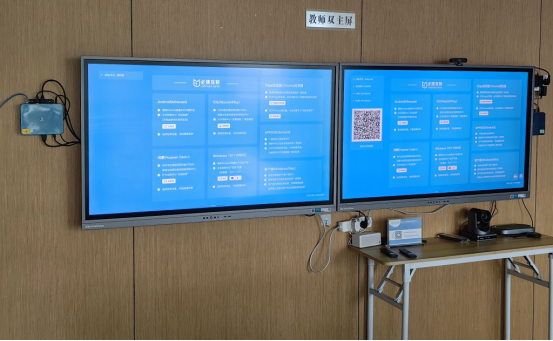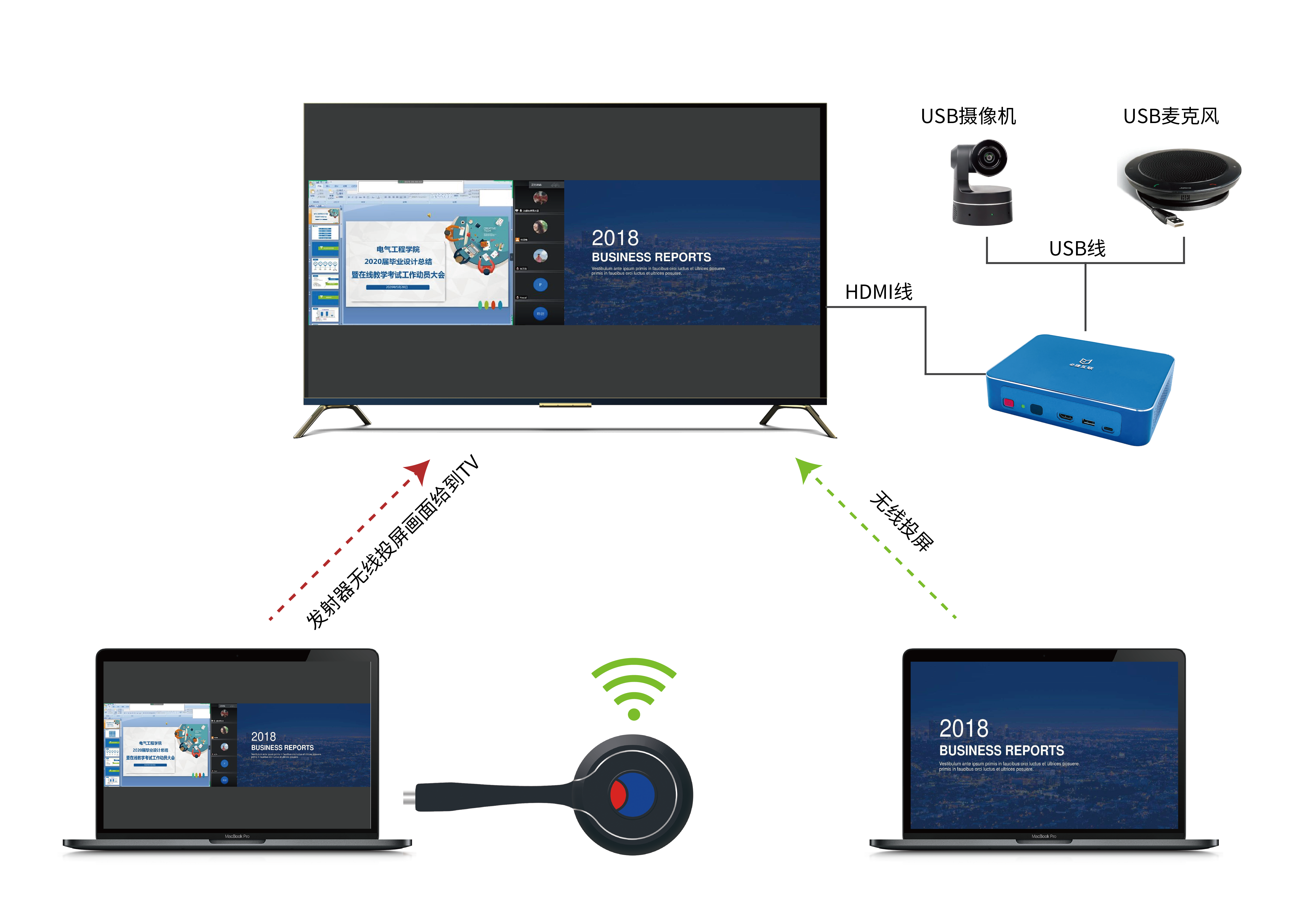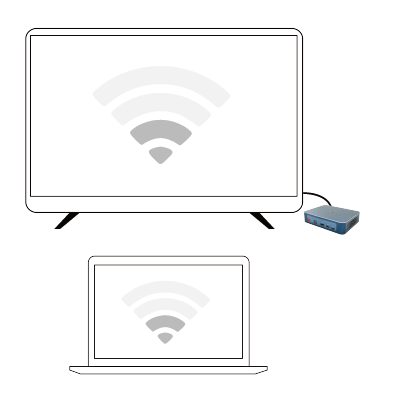The first method is to connect using an HDMI cable. This is the simplest method, simply connect the OPPO phone to the TV using an HDMI cable, without the need for any additional configuration or settings. However, it should be noted that only TVs that support HDMI can use this method, and the length of the HDMI cable also limits the screen projection distance.

The second method is to use Miracast technology. OPPO phones support Miracast technology, which connects the phone to the TV via WiFi to achieve mirrored screen mirroring. This method does not require any other cables and can project the screen over a long distance. However, it should be noted that using Miracast functionality requires support from both devices, otherwise it cannot be connected.

The third method is to cast the screen through DLNA. DLNA is a set of standards developed by the Dierna Alliance that enables interconnection between mobile phones, televisions, and other devices without the need for cables. However, it should be noted that screen mirroring devices, mobile phones, and televisions all need to be connected to the same WiFi network, otherwise they cannot be successfully connected.

The fourth method is to use the Bijie Multimedia Collaboration System. Simply plug the Bijie Multimedia Collaboration System into the TV HDMI port and turn on the OPPO phone screen mirroring function to complete the screen mirroring. This method is mainly aimed at non smart TV situations, and before casting the screen, it is necessary to ensure that the Bijie Multimedia Collaboration System is connected to the same WiFi as the mobile phone.

The last method is to directly connect to the screen through WiFi. OPPO phones can be used for screen mirroring by connecting to TV WiFi, and it is very convenient to use. Just connect both devices to the same WiFi, but it should be noted that some TVs do not support WiFi direct screen mirroring function.

In summary, OPPO phones have multiple screen casting methods to choose from, and everyone can choose the most suitable method according to their own needs and device conditions.